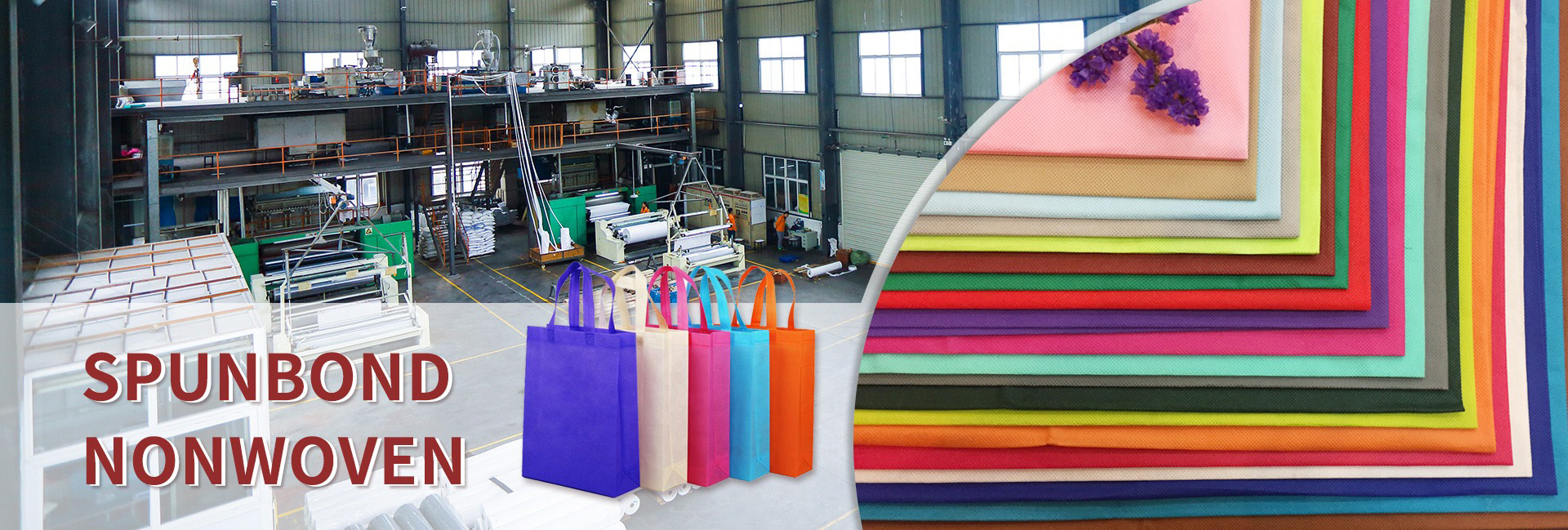Abstract: The novel coronavirus is in an outbreak period, and it is also the time of the New Year. The medical masks across the country are basically out of stock. Furthermore, in order to achieve antiviral effects, masks can only be used once and are expensive to use. Here’s how to use scientific methods to make efficient antivirus masks on your own.
I have received many private messages and comments from my friends since the article was published several days ago. The problem focuses on the production of masks, various non-woven materials, disinfection methods, and sources of goods. For the convenience of viewing, a Q&A section is hereby added. First of all, I would like to express my special thanks to my friend @ Zhike for helping to point out two inappropriate points in the original text in the comments!
Q&A about mask production
What if there is a lack of some auxiliary material or if it feels difficult to make by hand?
Answer: The simplest method is to buy a few or take out a few ordinary masks that have been used before, boil them in hot water, disinfect and dry them, cut a seam on the edge, and add a new meltblown non-woven filter layer. This way, they can be reused as new masks. (Note that meltblown non-woven fabric should not come into contact with water or withstand high temperatures, otherwise its filtering performance will be compromised.) For friends who do not have masks, please search for mask making on video websites. I believe there must be simple tutorials available.
What are the materials that can serve as the most important filtering layer?
Answer: Firstly, we recommend N95 melt blown non-woven fabric. The extremely fine fiber structure of this fabric can effectively filter out particles in the air. If subjected to polarization treatment, it will still have electrostatic adsorption capacity, further enhancing particle filtration ability.
If you really can’t buy meltblown fabric, you can use materials with good hydrophobicity but slightly larger structural pore size, such as polyester fibers, that is, polyester. It cannot achieve 95% filtration efficiency of meltblown fabric, but because it does not absorb water, it can effectively protect droplets even after multiple layers of folding.
A friend mentioned SMS non-woven fabric in the comments. This is a three in one material consisting of two layers of spunbond non-woven fabric and one layer of meltblown non-woven fabric. It has excellent filtration and liquid isolation properties and is commonly used as medical protective clothing. But if it is to be used to make masks, it also needs to have good breathability and not obstruct normal breathing. The author did not find any standards regarding the breathing pressure or breathability of SMS non-woven fabrics. It is recommended that friends purchase SMS non-woven fabric with caution, and we sincerely invite professionals in the industry to answer questions and clarify doubts.
How to disinfect raw materials and pre made masks, and can used masks be disinfected and reused?
Answer: Disinfection of masks before reuse is feasible. But there are two points to be aware of: firstly, do not use alcohol, boiling water, steam, or other high-temperature methods to disinfect the melt blown non-woven fabric or electrostatic cotton filter layer, as these methods will damage the physical structure of the material, deform the filter layer, and significantly reduce the filtration efficiency; Secondly, when disinfecting used masks, attention must be paid to secondary pollution. Masks should be kept away from daily necessities and not touched with hands that have touched them, such as lips or eyes.
Specific disinfection methods
For non filter structures such as outer non-woven fabric, ear bands, nose clips, etc., they can be disinfected by boiling water, soaking in alcohol, etc.
For the melt blown non-woven fabric filter layer, ultraviolet light irradiation (wavelength 254 nanometers, intensity 303 uw/cm ^ 2, action for 30 seconds) or 70 degree Celsius oven treatment for 30 minutes can be used. These two methods can kill bacteria and viruses without significantly compromising filtration performance.
Where can I buy materials?
At that time, sales information for melt blown non-woven fabrics could be found on websites such as Taobao and 1688, and there were no city or village closures in various provinces and cities.Dongguan Liansheng Non woven Technology Co., Ltd. was established in May 2020. It is a large-scale non-woven fabric production enterprise integrating research and development, production, and sales. It can produce various colors of PP spunbond non-woven fabrics with a width of less than 3.2 meters from 9 grams to 300 grams.
If you really can’t buy it, please refer to the second question and use some commonly seen hydrophobic materials as a helpless alternative.
Finally, the article and the author have no relationship with any material suppliers, and the images in the article are only for illustration purposes. If any merchants or friends have supply channels, please feel free to contact us via private message.
Post time: Oct-17-2024

